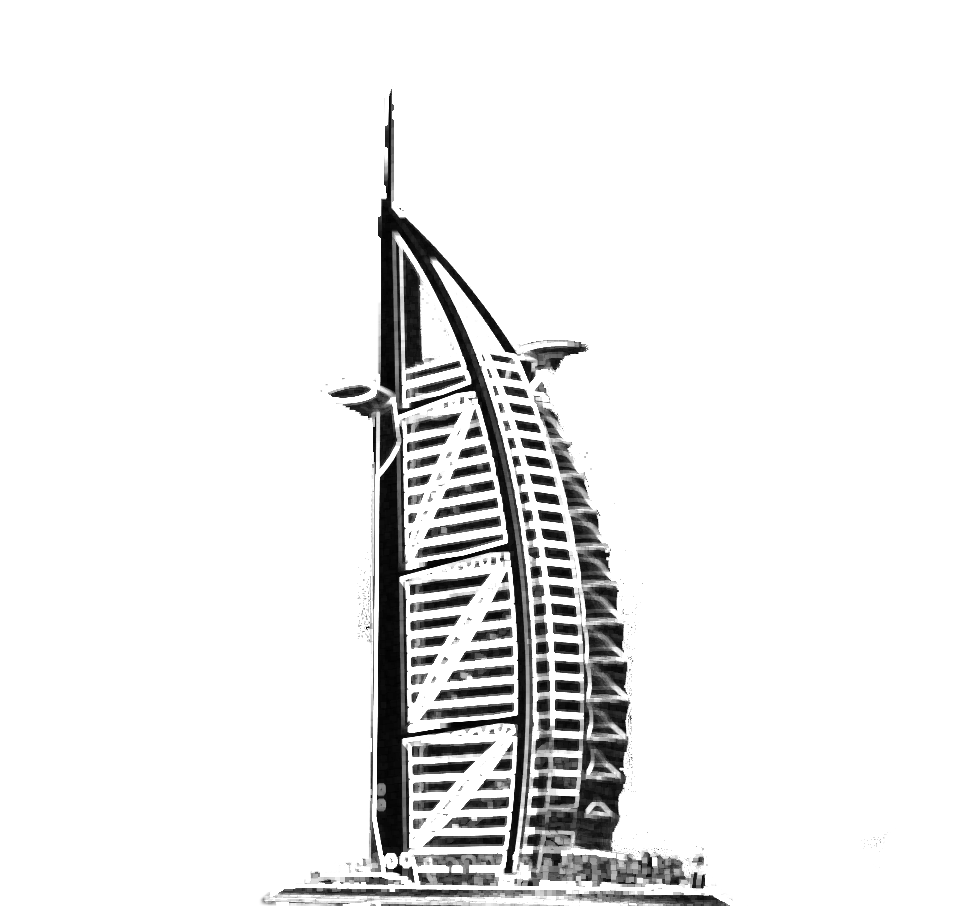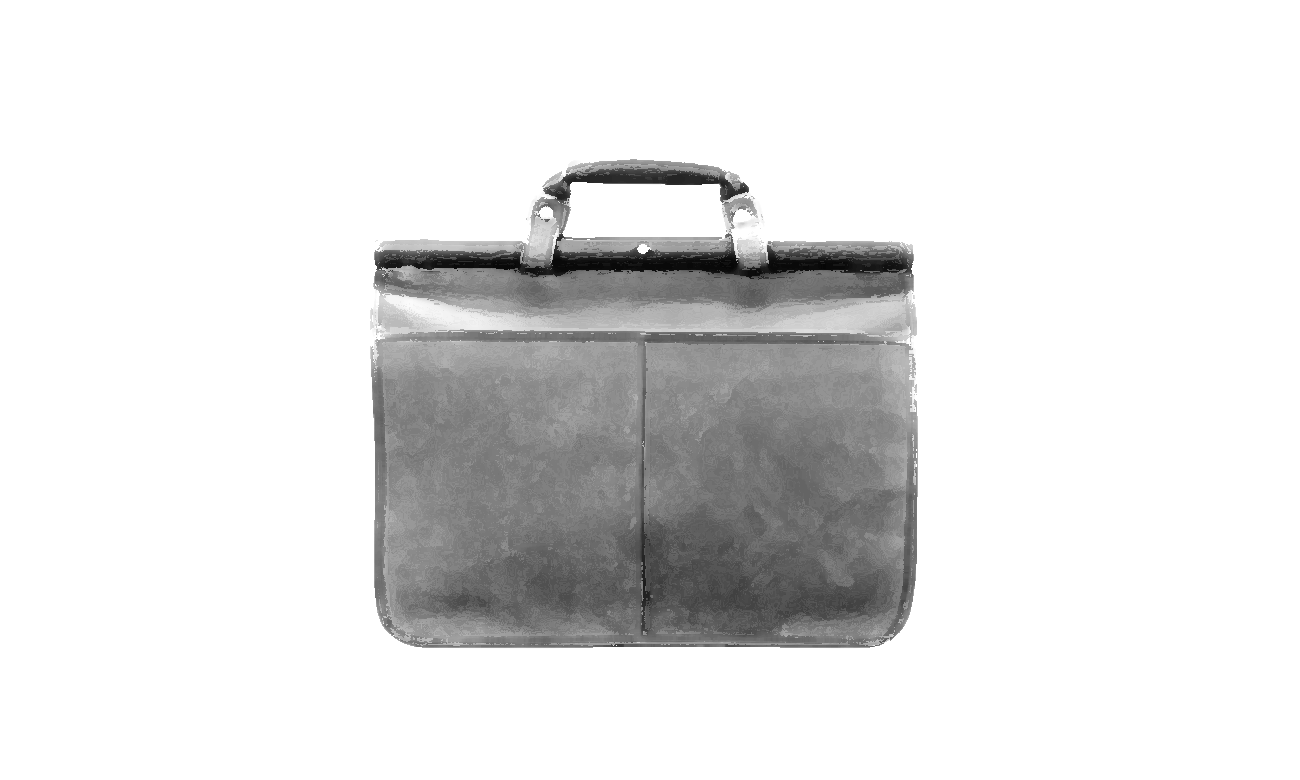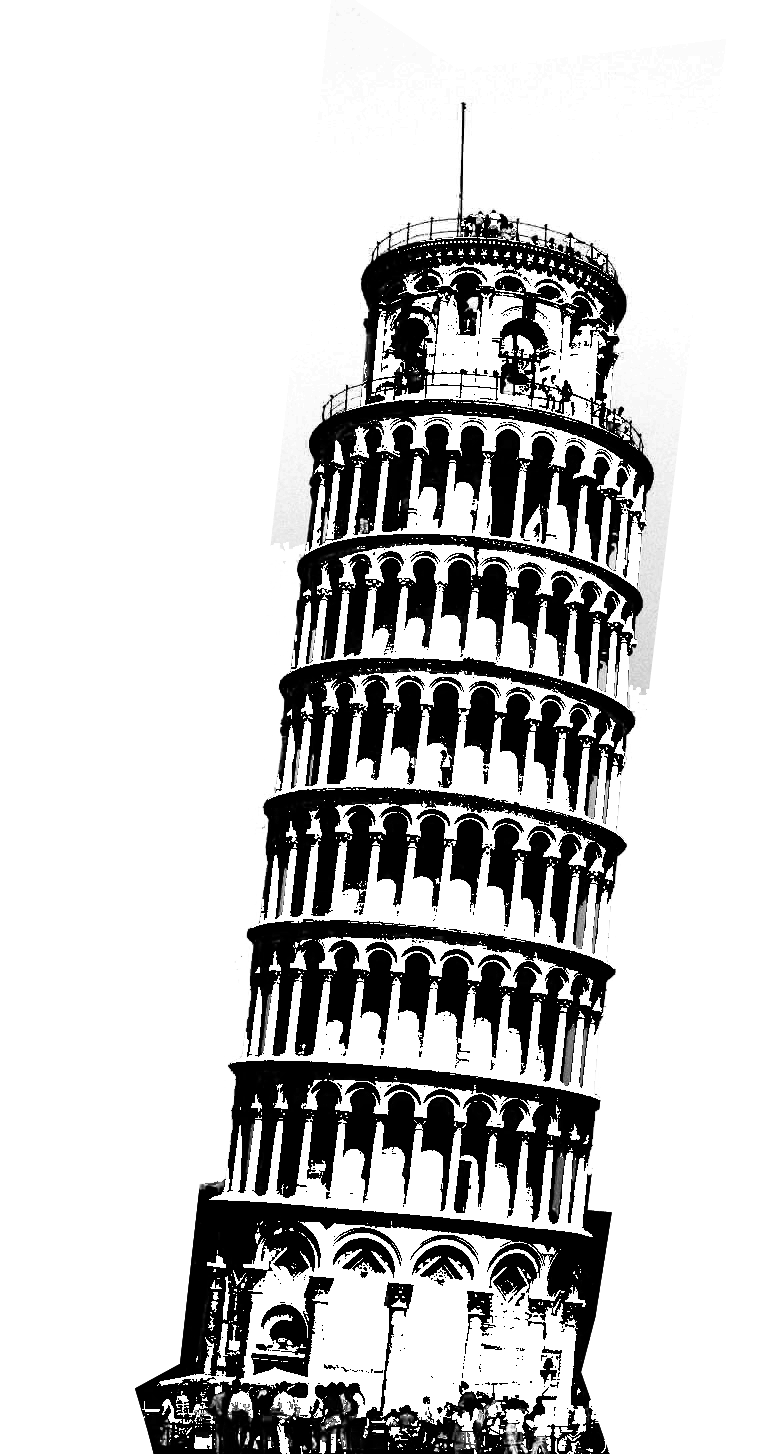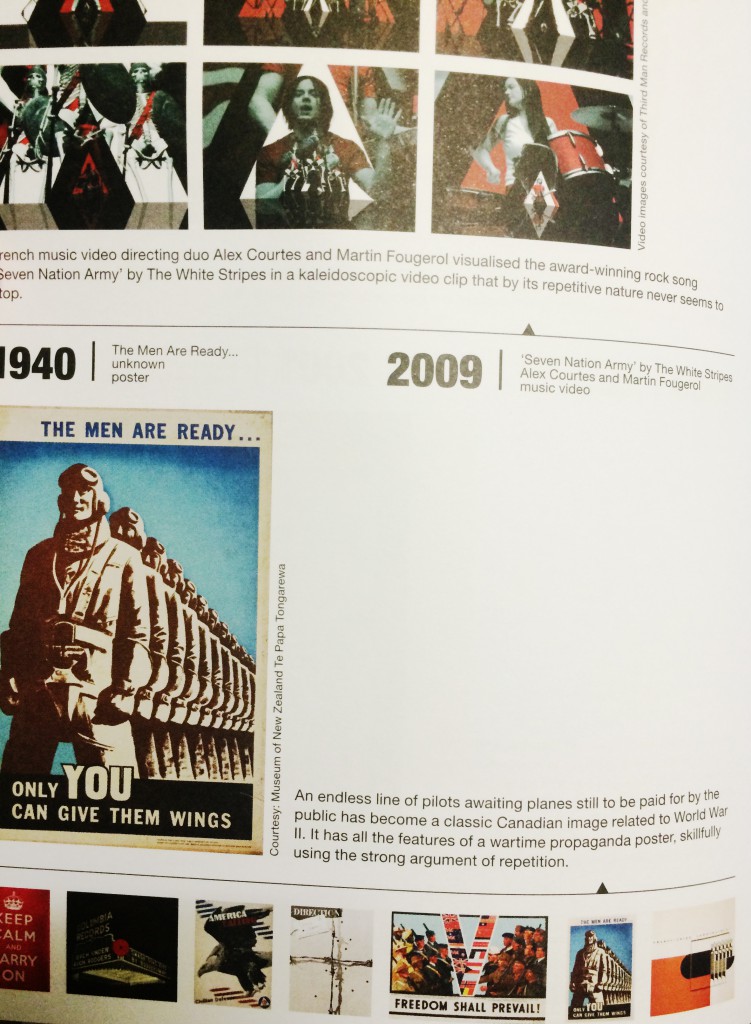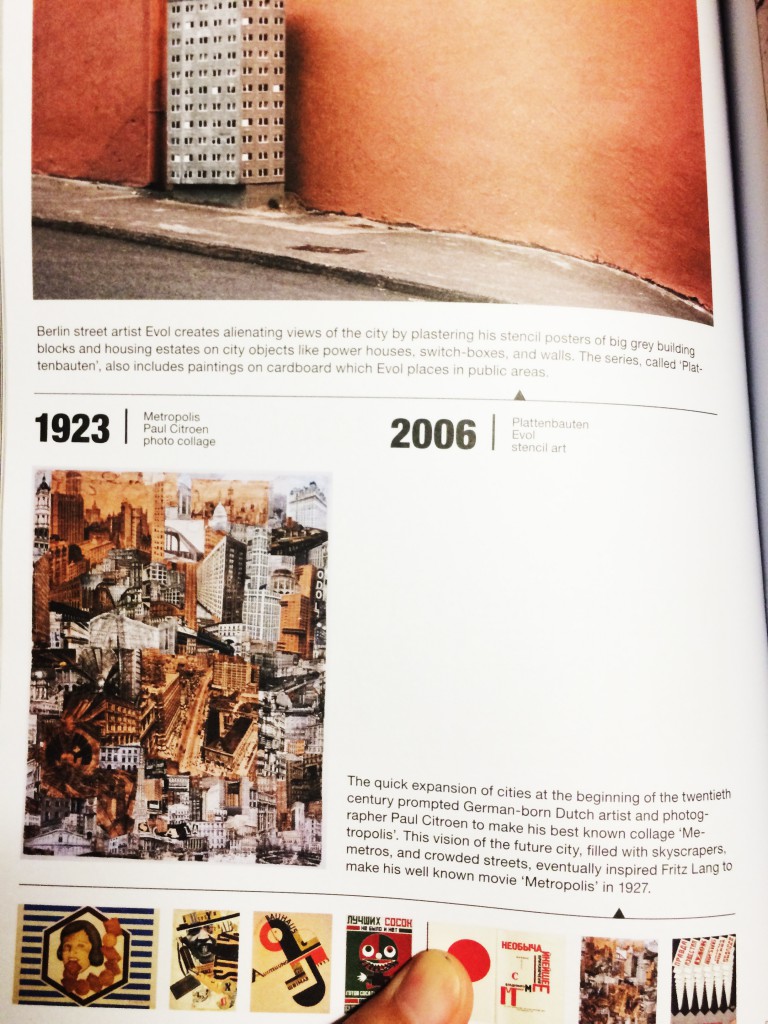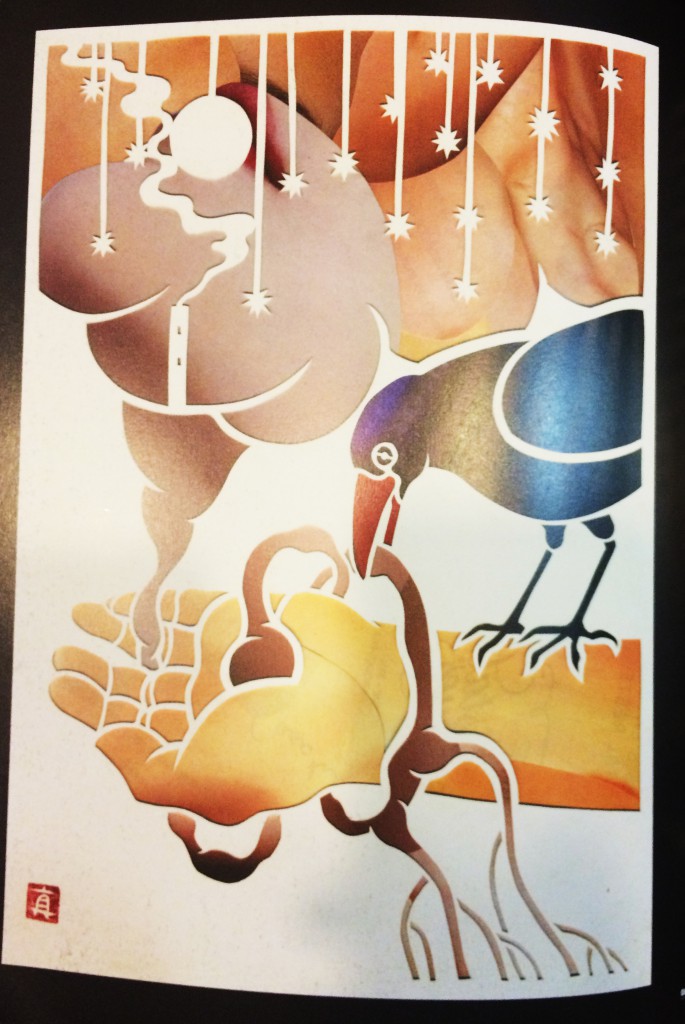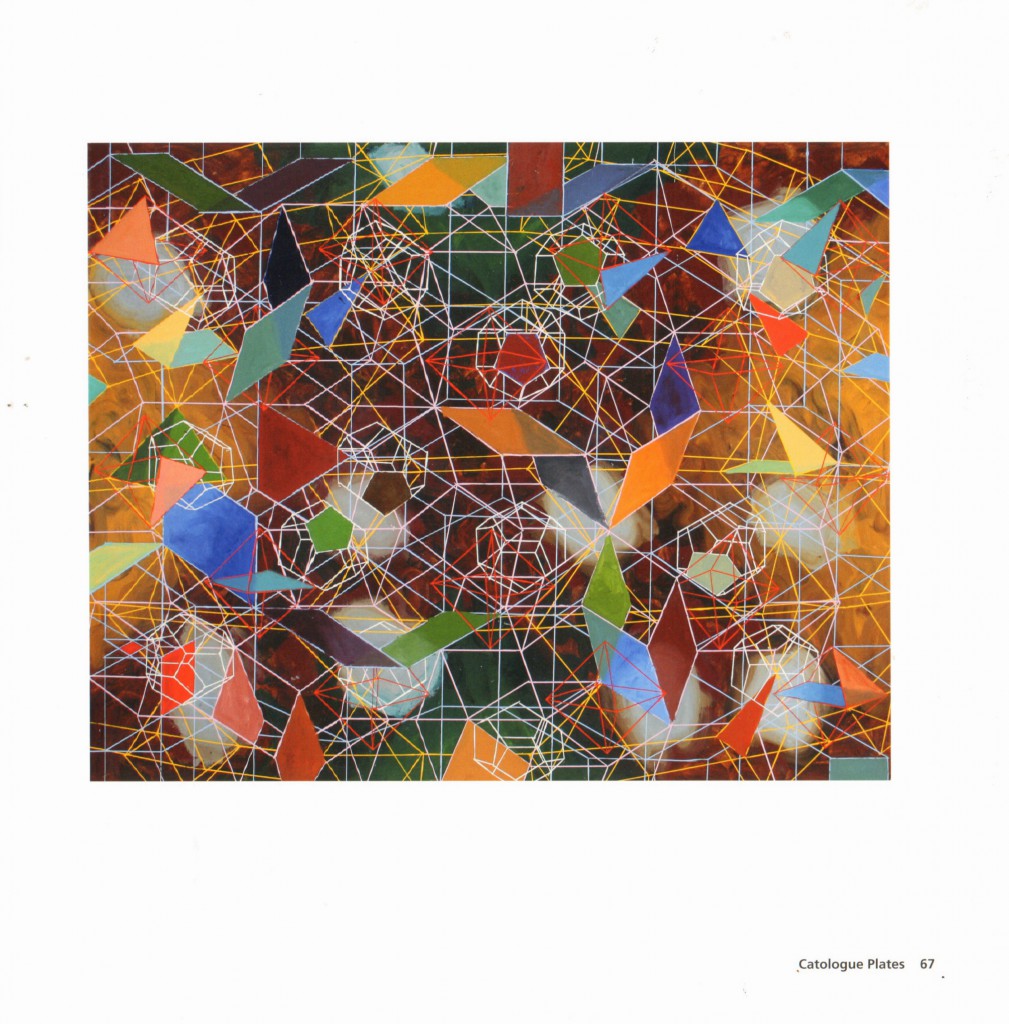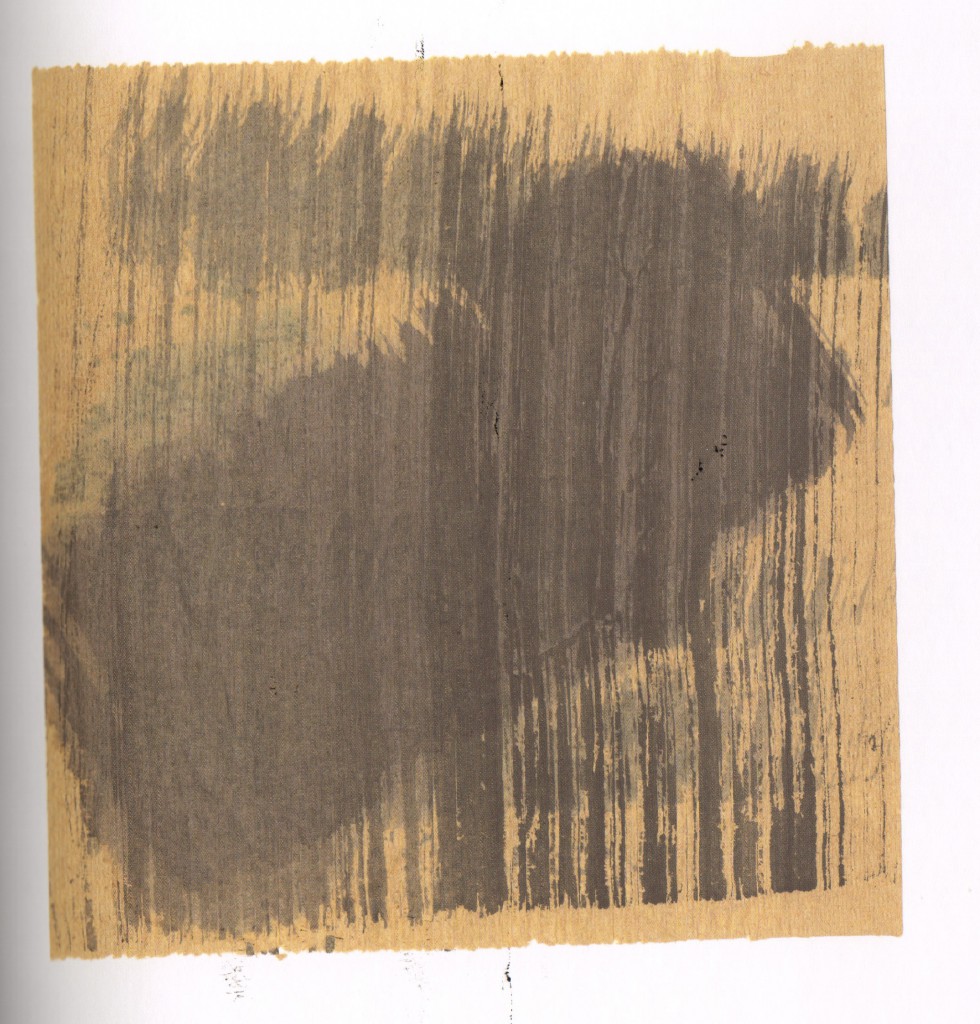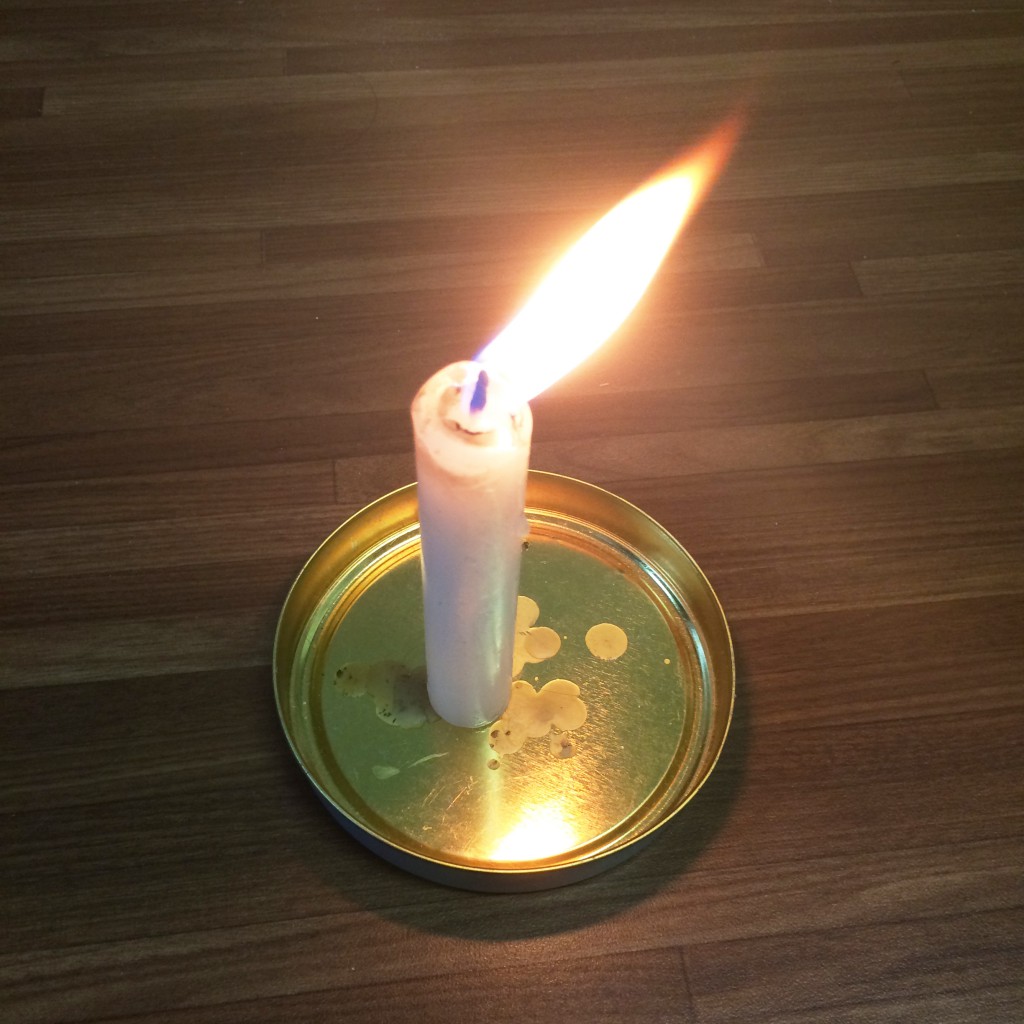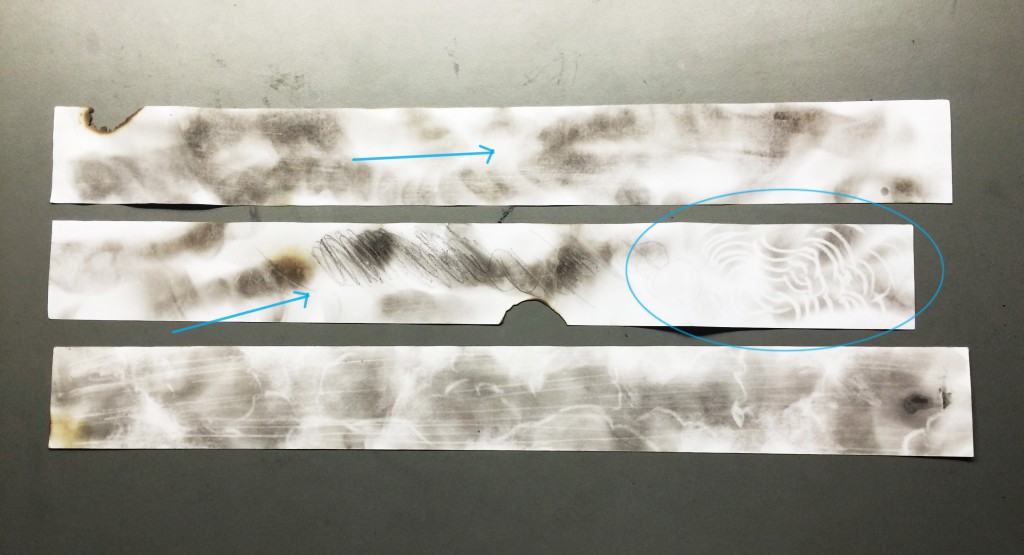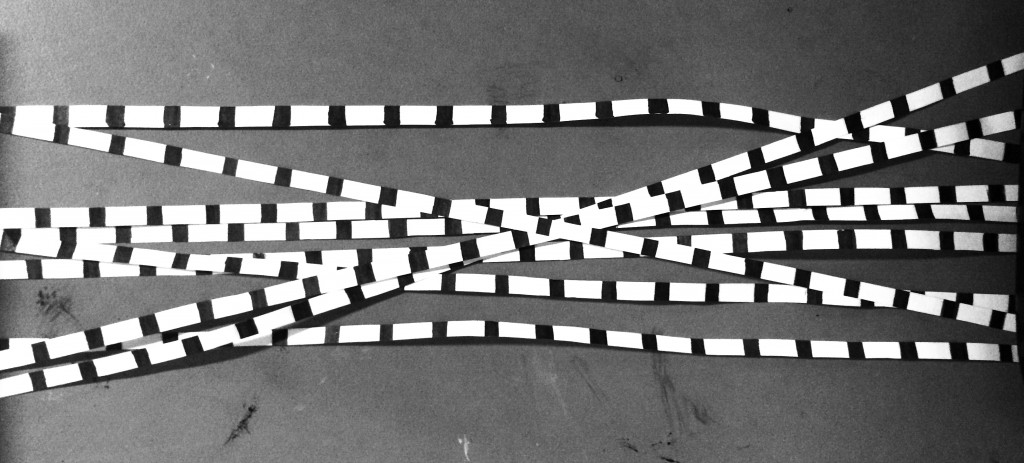Process for each line
The first line is based on photograph of the cats as shown below. With the outline drawn out, colors were added as well. The square boxes were then added but with some parts erased to create an illusion of distance. The cats were drawn in a very flat 2d style so the boxes may help to create sense of space. The second one also contained a yarn ball photoshoped from a photograph. For the last one, the ball in front was applied with motion blur…
For the second line, as mentioned, it was about manipulation of blending modes of layers and colors. Variation to be chosen potentially was shown below. 
And a simple cut-down process is as shown below. Starting with textured background, arranging the silhouettes of animals so that they look balanced and assigned colors to them. Then changed some of the blending modes of the layers and then duplicate the entire composition, rotated or fliped to explore…as well as changing colors and blending modes.
There were lots of trials and errors in the process and frankly speaking quite challenging to achieve the right balance of cold and warm, solid and translucent colors…but they turned out good. And it is in fact efficient in a sense that you could get three very different outcomes through editing one file.
For the third line…the image of the hands was actually my very first tryout on this project. The bright yellow and lighter blue is contrasting well but somehow I felt there was something missing.
So after a while I went on with another design but with the same concept of a melting sugar cube. The processes were shown below and it was quite self-explanatory.
And for the word “Perseverance” I wanted to show the concept just through making a tedious and time-consuming design.
It started with a simple square on a grey background and all that left was repetition of duplication, rotation and scaling. After that colors were added and as well as the white highlight.
Below is another tedious design…
And the process:
The last line made use of photoshoping on photograph as well and emphasized on details.

Below were some of the images found on the Internet and were editted. There were many clean convenient illustrations of the buildings and landmarks but I didn’t use that because a photograph contained so much more details and textures.
For the image below, I wanted a futuristic/sci-fi feel to it. Below were different color versions as well as the reversed ones.

Process:

And similarly, the third image was a combination of the other two. Below were the variation of them, including the night versions and the day version.















